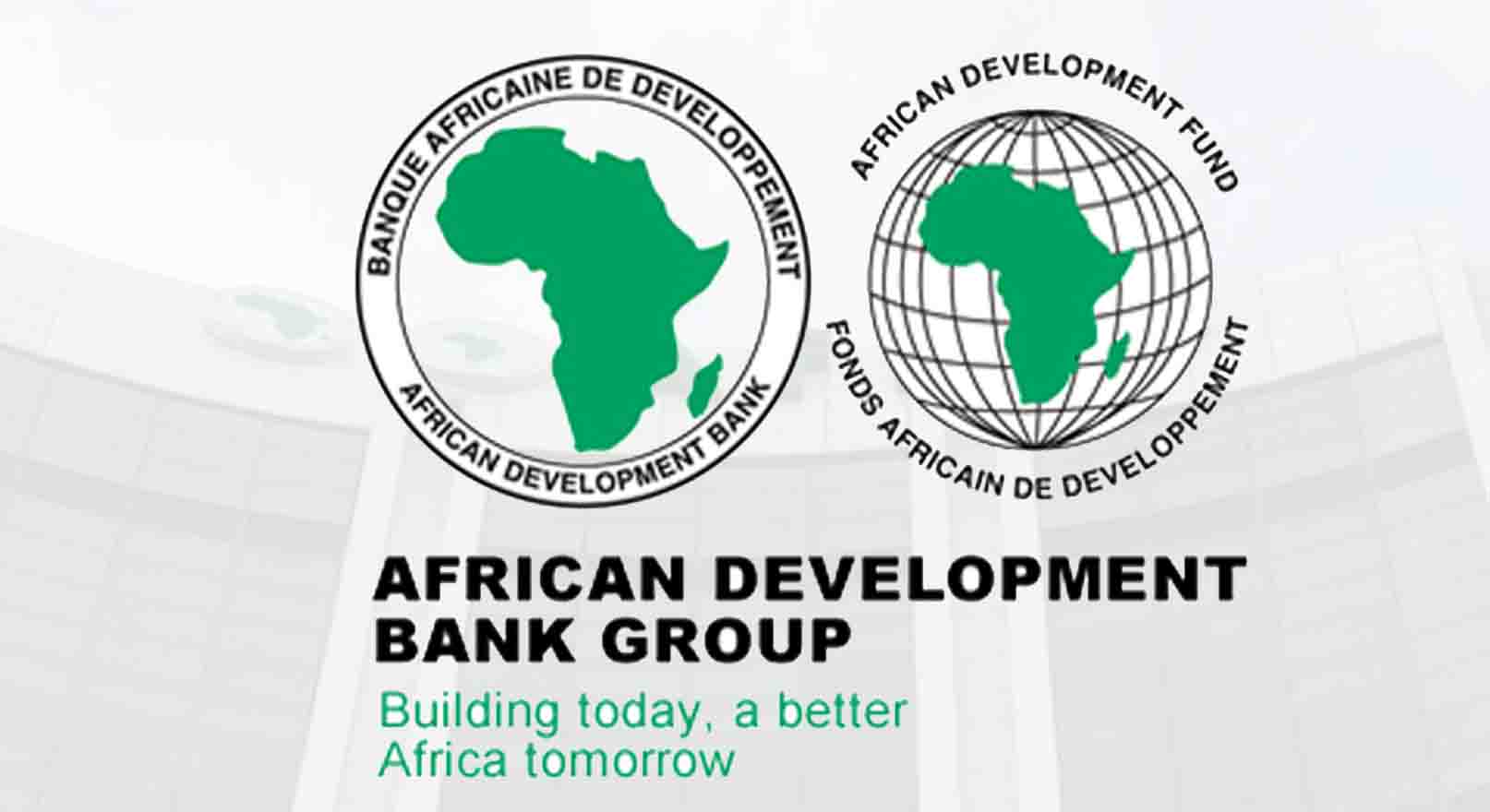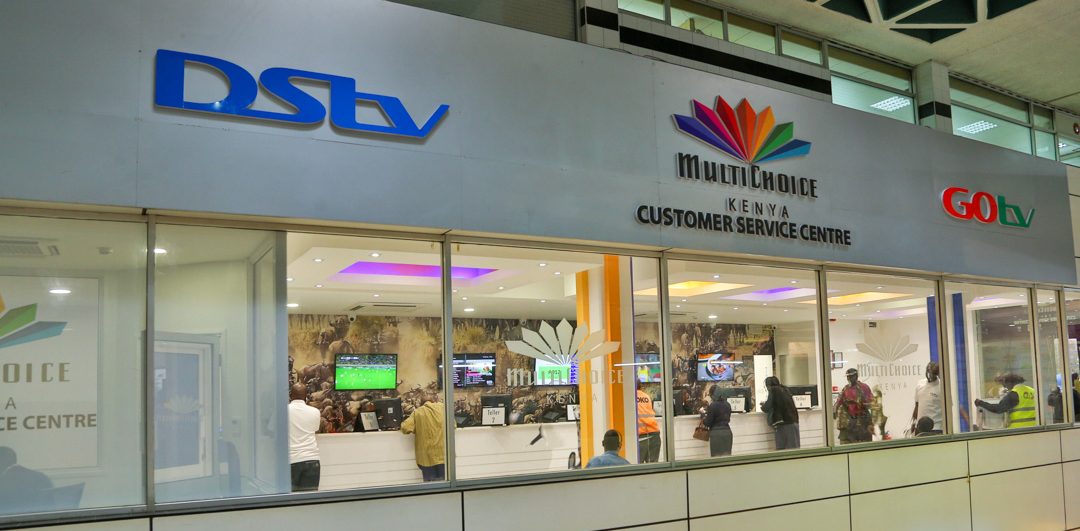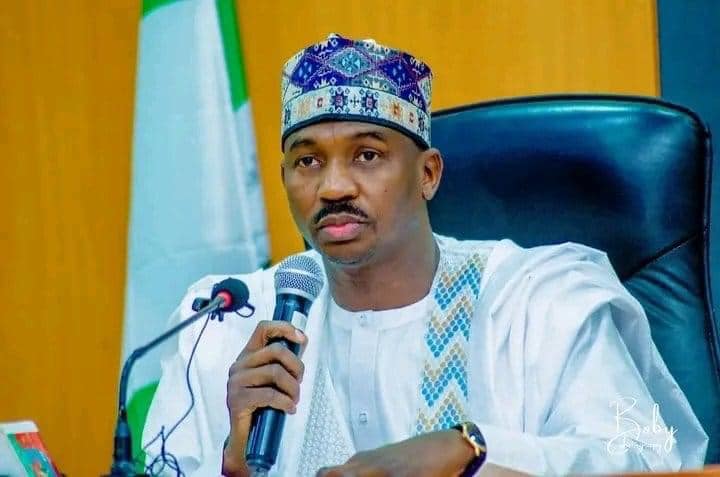The African Development Bank recently approved $100 million for the Emerging Africa Infrastructure Fund (EAIF) in a bid to help reduce the huge infrastructure financing gap in Sub-Saharan Africa.
Through a $325-365m million debt raise, the EAIF intends to grow its loan portfolio over the next 3-5 years and become a sustainable and concrete alternative to development finance institutions and commercial banks.
Since its inception, the Fund has played a key role in the infrastructure landscape in Africa, investing in structuring and long-term infrastructure projects, to the tune of over $1.2 billion in about 70 transactions.
The EAIF will be working closely with the African Development Bank to reinforce investments in 49 eligible countries and fragile states with a clear focus on crucial sectors for the development of the continent including power, telecommunication, transportation, manufacturing, among other sectors.
“The expected outcomes of EAIF business model will be a clear demonstration of how to achieve green and sustainable growth in Africa; it will include the creation of 3 500 permanent jobs, improved or new access to infrastructure services for millions of people in Africa and investments in environmental, social and gender projects,” the bank says.
“The Bank’s investment in EAIF is a reflection of its strategic thrust to achieve four of its five operational priorities notably, light up and power Africa, feed Africa, integrate Africa and improve the quality of life for people in Africa,” it adds.
“In addition, EAIF lending strategy is in line with the Bank’s Private Sector Development Strategy for developing infrastructure, supporting regional economic integration, and providing a platform for private sector development. Finally, the Fund’s focus on the infrastructure sector is well aligned with both the Bank’s and Regional Member Countries’ (RMCs) priorities,” the bank concludes.




















